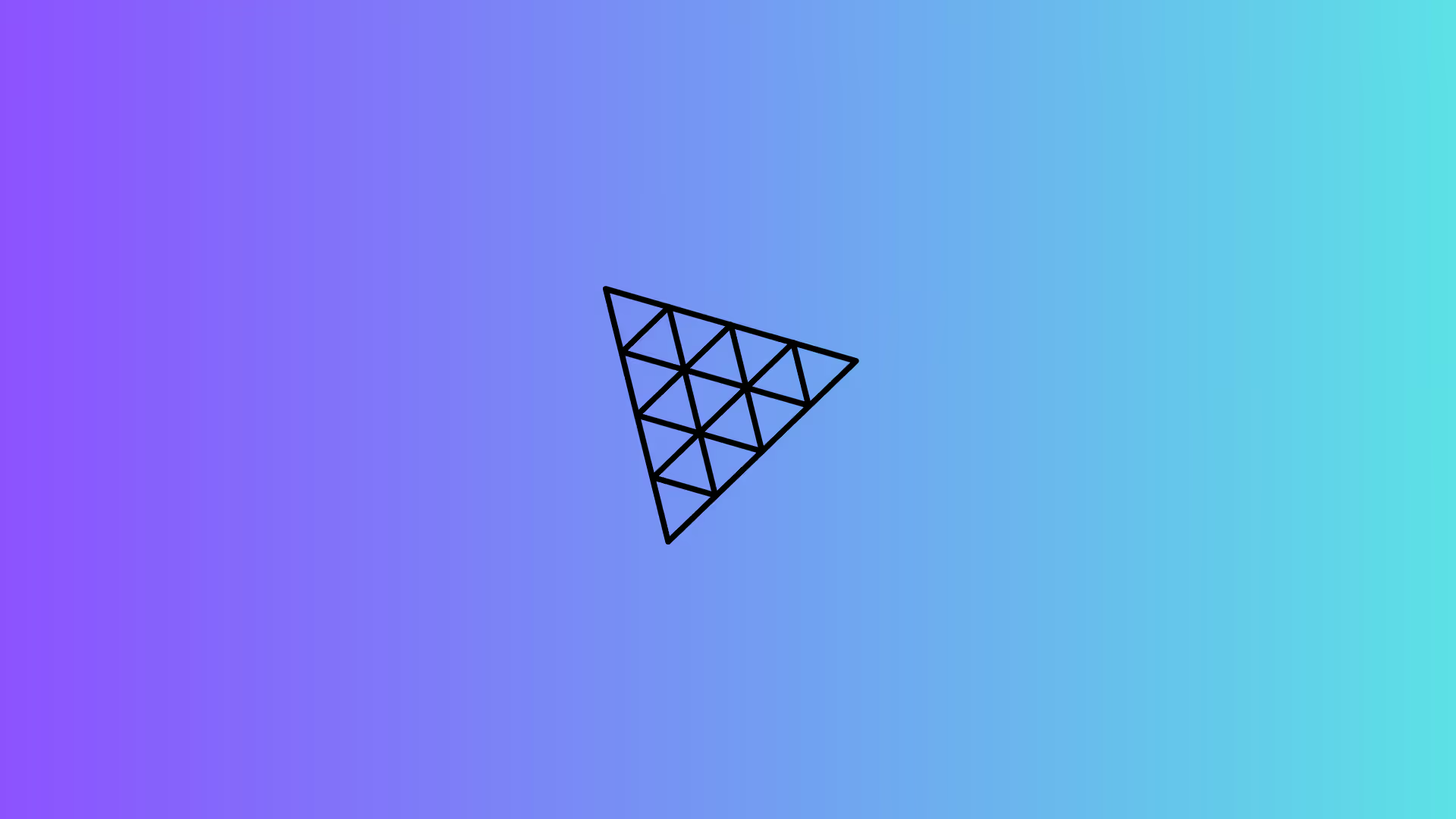Three.js is a powerful, lightweight, cross-browser JavaScript library/API used to create and display animated 3D computer graphics on a Web browser. These graphics can be interactive and can be created, in part, with the help of the WebGL API.
Scene
- The 3D scene where all the objects, lights, and cameras are added and rendered
const scene = new THREE.Scene();
Camera
- Defines the virtual camera used to view the scene
const camera = new THREE.PerspectiveCamera(
75,
window.innerWidth / window.innerHeight,
0.1,
1000,
);
Renderer
- Provides the rendering capabilities using WebGL
- The options { antialias: true, alpha: true } enable antialias and support for transparency
const renderer = new THREE.WebGLRenderer({
antialias: true,
alpha: true,
canvas: document.querySelector("canvas"),
});
renderer.setSize(window.innerWidth, window.innerHeight);
renderer.setPixelRatio(devicePixelRatio);
Resize Handler
- Used to handle window resizing
window.addEventListener("resize", onWindowResize, false);
function onWindowResize() {
camera.aspect = window.innerWidth / window.innerHeight;
camera.updateProjectionMatrix();
renderer.setSize(window.innerWidth, window.innerHeight);
}
Animation Loop
- Creates a loop that repeatedly renders the scene
function animate() {
requestAnimationFrame(animate);
renderer.render(scene, camera);
}
animate();
Mesh
- Combines the geometry and material to create a mesh object
const geometry = new THREE.BoxGeometry(1, 1, 1);
const material = new THREE.MeshBasicMaterial({ color: 0xffff00 });
const mesh = new THREE.Mesh(geometry, material);
GLTF Loader
- Load 3D models in the glTF format
const loader = new THREE.GLTFLoader();
Texture Loader
- Load textures from image files
const textures = [
"https://picsum.photos/id/1/200/300",
"https://picsum.photos/id/2/200/300",
].map((url) =>
new THREE.TextureLoader().load(url, (texture) => {
// Onload callback, do something
}),
);
ShaderMaterial
- Custom shaders to be used
- The vertexShader and fragmentShader variables define the GLSL code
const uniforms = {
uTime: { value: 1.0 },
};
const vertexShader = `
varying vec2 vUv;
varying vec3 vNormal;
varying vec3 vPosition;
uniform float uTime;
void main() {
vUv = uv;
vNormal = normal;
vPosition = position;
gl_Position = projectionMatrix * modelViewMatrix * vec4(position, 1.0);
}
`;
const fragmentShader = `
varying vec2 vUv;
varying vec3 vNormal;
varying vec3 vPosition;
uniform float uTime;
void main() {
gl_FragColor = vec4(1.0, 1.0, 1.0, 1.0);
}
`;
const material = new THREE.ShaderMaterial({
uniforms: uniforms,
vertexShader: vertexShader,
fragmentShader: fragmentShader,
});
Mouse Events
- Picking objects and performing intersection tests
const raycaster = new THREE.Raycaster();
window.addEventListener("mousemove", onMouseMove, false);
function onMouseMove(event) {
const mouse = new THREE.Vector2(
(event.clientX / window.innerWidth) * 2 - 1,
-(event.clientY / window.innerHeight) * 2 + 1,
);
raycaster.setFromCamera(mouse, camera);
const intersects = raycaster.intersectObjects(scene.children, true);
if (intersects.length > 0) {
// Object is being hovered
} else {
// No object is being hovered
}
}
Instance Mesh
- Creates an InstancedMesh with 125 instances arranged in a grid pattern
const dummy = new THREE.Object3D();
const geometry = new THREE.BoxGeometry(1, 1, 1);
const material = new THREE.MeshBasicMaterial({ color: 0xffff00 });
const count = 125;
const instancedMesh = new THREE.InstancedMesh(geometry, material, count);
function generateNode(num: number) {
const temp = [];
const gap = 5;
for (let i = 0; i < num; i++) {
for (let j = 0; j < num; j++) {
for (let k = 0; k < num; k++) {
temp.push({ x: gap * i, y: gap * j, z: gap * k });
}
}
}
return temp;
}
const nodes = generateNode(5);
for (let i = 0; i < nodes.length; i++) {
const { x, y, z } = nodes[i];
dummy.position.set(x, y, z);
dummy.updateMatrix();
instancedMesh.setMatrixAt(i, dummy.matrix);
instancedMesh.instanceMatrix.needsUpdate = true;
}
